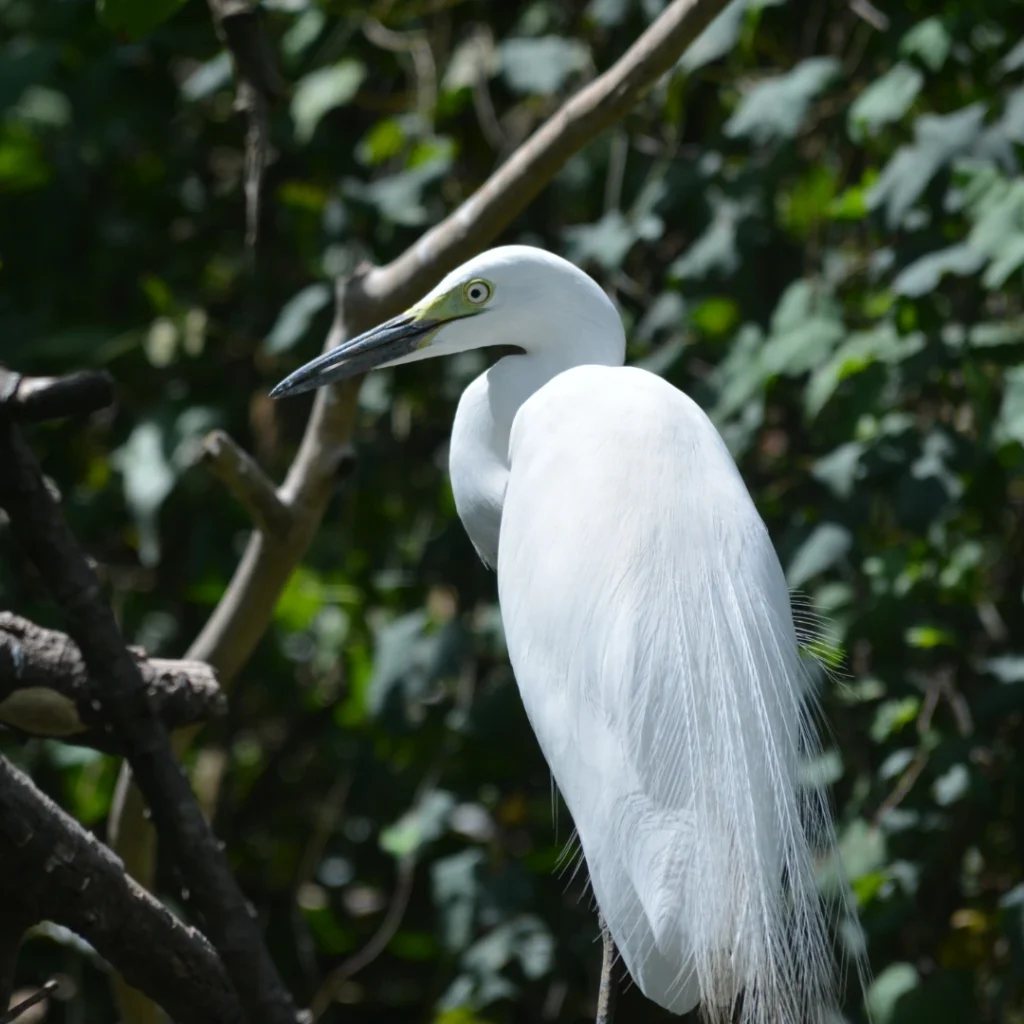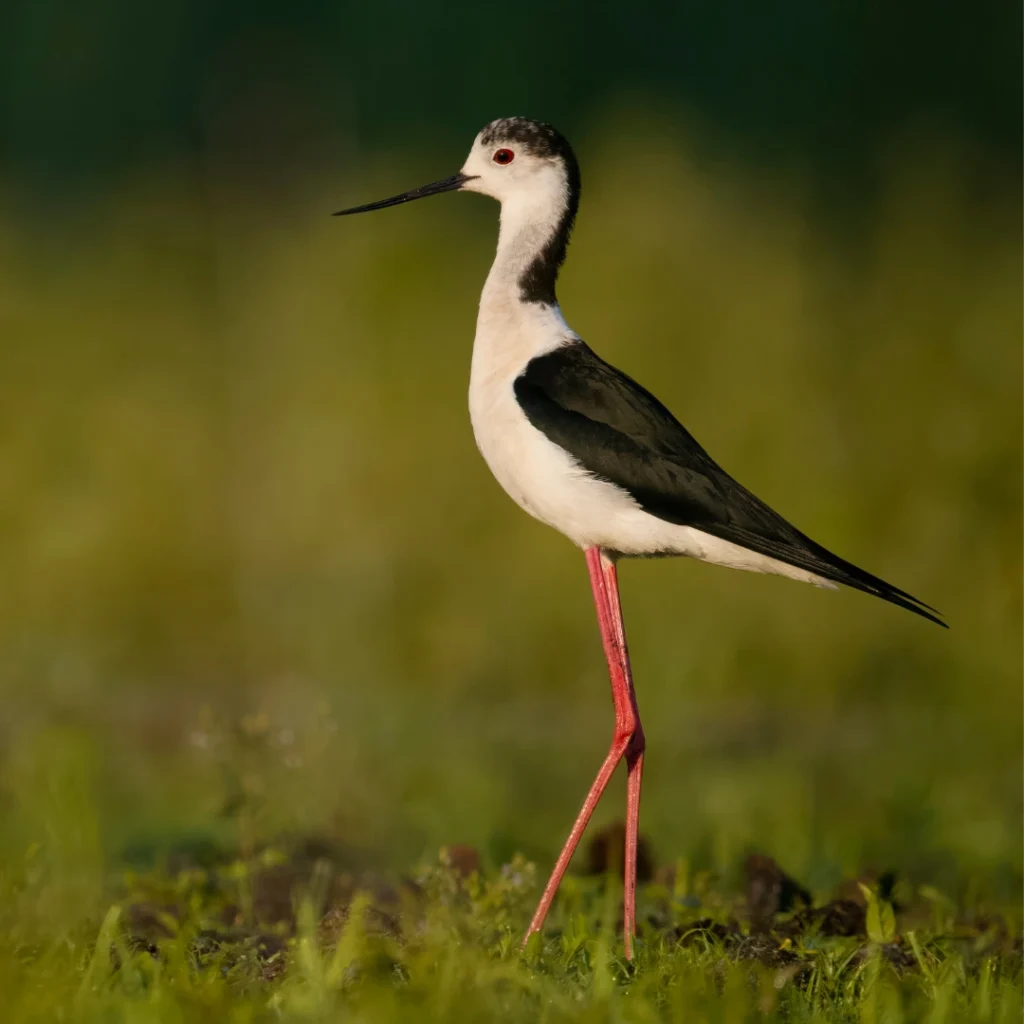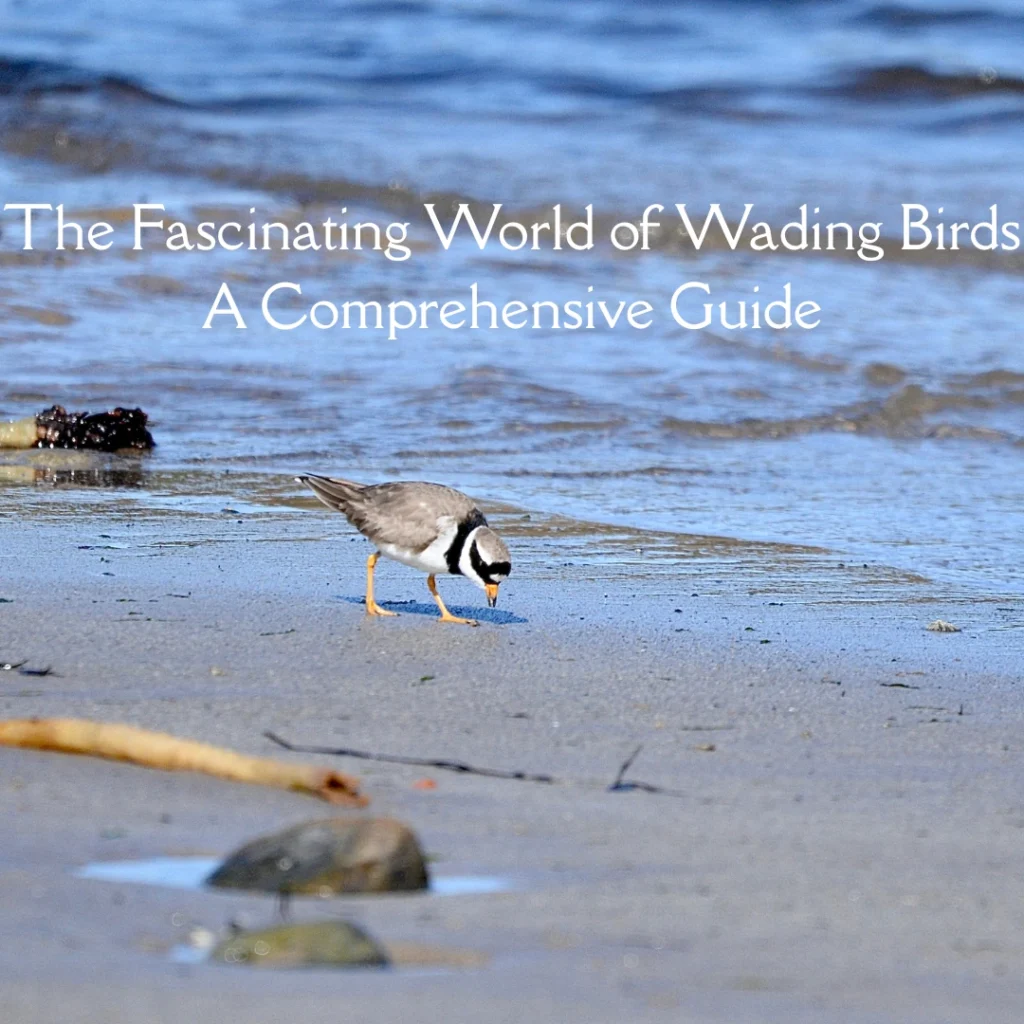Wading birds or waders who are called shorebirds or marsh birds are related to the order Charadriiformes. Waders are commonly found in wetlands, marshes, and sandy shorelines, where they either forage or crawl around in search of food. These birds have a special place among birds because of their long legs and long necks. This bird is known by different names like “wader” is used in Europe, while “shorebird” is used in North America.
Understanding Wading Birds
There are 210 species of wading birds found in the world, most of which live in wetlands and coastal environments whereas some of them just keep moving with the rain patterns. The Waders are related to different families of birds, some of which are herons, flamingos, and storks. Wading birds move freely through wetlands using their thin, long legs while their sharp beaks and long necks help them in catching fish, amphibians, and invertebrates.
Table of Contents
Common Species of Wading Birds
Wading birds are found in large numbers on most continents of the world, let us try to learn about some of these species:
Great Blue Heron (Ardea herodias)

The Great Blue Heron is the largest species of Heron found in North America. In a standing position, its size is approximately four feet. It is famous among bird watchers because of its size and beauty.
Great Blue Heron fun facts:
- The Great Blue Heron looks large in size but in reality, its size is just 5 to 6 pounds.
- Great Blue Herons can hunt during the day and night due to the presence of rod-type photoreceptors in their eyes.
- The Great Blue Heron eats a lot of sick fish, which helps prevent water diseases.
- Because of the long neck of the Great Blue Heron, it attacks its prey quickly from a distance.

Snowy Egret (Egretta thula)
The Snowy Egret is named after its white feathers. It has black legs while the feet are yellow in color. It is found in small sizes. At one time the plumes of the Snowy Egret began to be used as decoration in women’s hats, which increased the demand for these plumes. Due to the increasing demand, its hunt started increasing and its nests started decreasing to a dangerous extent. In order to save the Snowy Egret species, hunting of the Snowy Egret was banned for some time and hence, their nests have been restored.

Roseate Spoonbill (Platalea ajaja)
The Roseate Spoonbill is not only famous because of its bright pink color, red eyes, and spoon-shaped bill but it also remains a target of attraction for bird lovers all the time. This is a residential bird found in South and North America. Its weight is 1 to 1.8 kg. They lay 2 to 5 eggs on trees or shrubs.

Black-necked Stilt (Himantopus mexicanus)
The Black-necked Stilt is famous for its slender long legs and black and white plumage. They are local birds found in shallow marshes and coastal areas of North and South America. Its weight ranges from 150 to 180 grams.
Feeding Habits
Feeding techniques of wading birds vary depending on their habitat and species. Some wading birds hunt slowly while others use their eyesight to track their prey from a distance. Let us try to learn about some feeding methods.
Stabbing
The word stabbing means to kill someone with a sharp knife. Here wading birds like herons use their sharp beak to attack their prey which could be a fish or a frog that comes within their range.
Filtering
Spoonbills and flamingos sweep their beaks through the water to filter their feed from other materials, such as mud, etc.
Probing
Species like the ibises use probing techniques to search for invertebrates in mud and sand, using their long and curved bills.
Habitat and Conservation

Wading birds thrive in a variety of wetland habitats such as estuaries, marshes, mangroves, and sandy shores. These environments are not important only for the wading birds but also for the other animals but because of climate change and pollution, all these species have to face the danger.
If we want to see the future of these wading birds, we have to do our best to ensure the safety of their remaining lives. Both the local community and global community will have to play important roles. We will have to participate in all the organizations working on the local level for the welfare of wading birds. Bird lovers and wildlife officers will have to meet people and tell them about their importance and role in the ecosystem.
Conclusion
For bird lovers, wading birds are a precious gift of nature. Their beauty, behavior, and role in the ecosystem give them more importance. By studying more and more about their living conditions and challenges, we can protect them and their habitat for future generations. Whether you are new or old in the category of bird lovers, waders will grab you in their love.
FAQs
Q.1 Which bird is called a wading bird?
Ans. Those birds have long slender legs and long necks and they spend most of their time on the shore or in the mud are called wading birds.
Q.2 What is the largest wading bird in the world?
Ans. The Goliath Heron is the largest bird among the wading birds.
Q.3 How are waterfowl and wading birds similar?
Ans. Waterfowl and wading birds have similarities in feeding behavior.




Pingback: Songbirds: 6 Stunning Species You’ll Love and inspire